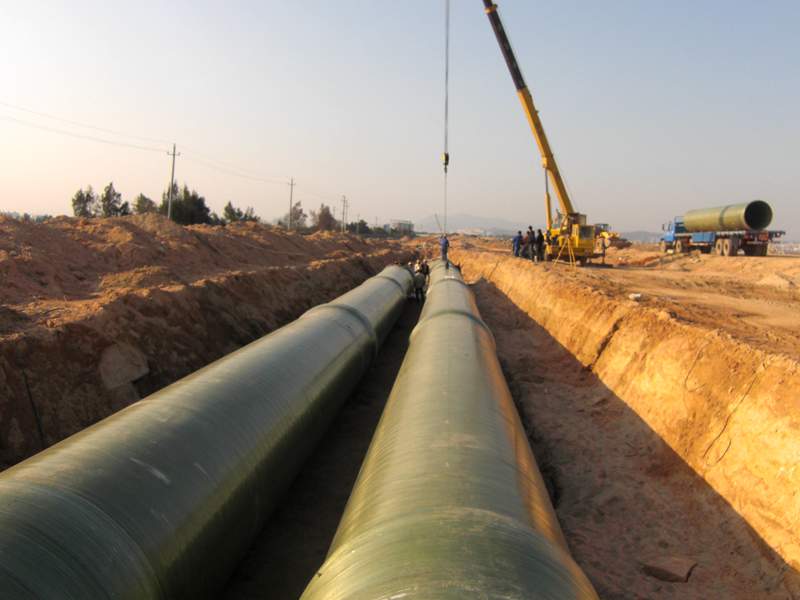
-
 Afrikaans
Afrikaans -
 Albanian
Albanian -
 Amharic
Amharic -
 Arabic
Arabic -
 Armenian
Armenian -
 Azerbaijani
Azerbaijani -
 Basque
Basque -
 Belarusian
Belarusian -
 Bengali
Bengali -
 Bosnian
Bosnian -
 Bulgarian
Bulgarian -
 Catalan
Catalan -
 Cebuano
Cebuano -
 China
China -
 China (Taiwan)
China (Taiwan) -
 Corsican
Corsican -
 Croatian
Croatian -
 Czech
Czech -
 Danish
Danish -
 Dutch
Dutch -
 English
English -
 Esperanto
Esperanto -
 Estonian
Estonian -
 Finnish
Finnish -
 French
French -
 Frisian
Frisian -
 Galician
Galician -
 Georgian
Georgian -
 German
German -
 Greek
Greek -
 Gujarati
Gujarati -
 Haitian Creole
Haitian Creole -
 hausa
hausa -
 hawaiian
hawaiian -
 Hebrew
Hebrew -
 Hindi
Hindi -
 Miao
Miao -
 Hungarian
Hungarian -
 Icelandic
Icelandic -
 igbo
igbo -
 Indonesian
Indonesian -
 irish
irish -
 Italian
Italian -
 Japanese
Japanese -
 Javanese
Javanese -
 Kannada
Kannada -
 kazakh
kazakh -
 Khmer
Khmer -
 Rwandese
Rwandese -
 Korean
Korean -
 Kurdish
Kurdish -
 Kyrgyz
Kyrgyz -
 Lao
Lao -
 Latin
Latin -
 Latvian
Latvian -
 Lithuanian
Lithuanian -
 Luxembourgish
Luxembourgish -
 Macedonian
Macedonian -
 Malgashi
Malgashi -
 Malay
Malay -
 Malayalam
Malayalam -
 Maltese
Maltese -
 Maori
Maori -
 Marathi
Marathi -
 Mongolian
Mongolian -
 Myanmar
Myanmar -
 Nepali
Nepali -
 Norwegian
Norwegian -
 Norwegian
Norwegian -
 Occitan
Occitan -
 Pashto
Pashto -
 Persian
Persian -
 Polish
Polish -
 Portuguese
Portuguese -
 Punjabi
Punjabi -
 Romanian
Romanian -
 Russian
Russian -
 Samoan
Samoan -
 Scottish Gaelic
Scottish Gaelic -
 Serbian
Serbian -
 Sesotho
Sesotho -
 Shona
Shona -
 Sindhi
Sindhi -
 Sinhala
Sinhala -
 Slovak
Slovak -
 Slovenian
Slovenian -
 Somali
Somali -
 Spanish
Spanish -
 Sundanese
Sundanese -
 Swahili
Swahili -
 Swedish
Swedish -
 Tagalog
Tagalog -
 Tajik
Tajik -
 Tamil
Tamil -
 Tatar
Tatar -
 Telugu
Telugu -
 Thai
Thai -
 Turkish
Turkish -
 Turkmen
Turkmen -
 Ukrainian
Ukrainian -
 Urdu
Urdu -
 Uighur
Uighur -
 Uzbek
Uzbek -
 Vietnamese
Vietnamese -
 Welsh
Welsh -
 Bantu
Bantu -
 Yiddish
Yiddish -
 Yoruba
Yoruba -
 Zulu
Zulu
frp chimney construction and installation for industrial and ...
FRP Chimney Construction and Installation for Industrial Applications
In today's industrial landscape, the demand for durable and lightweight materials has led to the increasing use of Fiberglass Reinforced Plastic (FRP) in various applications, and one of the most significant implementations is in chimney construction. The benefits of utilizing FRP for industrial chimneys are numerous, ranging from enhanced corrosion resistance to lower maintenance costs, making it a preferred choice for many industries.
Understanding FRP Material
Fiberglass Reinforced Plastic is a composite material made from a polymer matrix reinforced with fibers. Typically, the fibers used are glass, which provides strength and durability, while the polymer offers flexibility and resistance to chemical damage. This unique combination results in a material that is not only lightweight but also exceptionally strong, capable of withstanding high temperatures and harsh environmental conditions.
Advantages of FRP Chimneys
The primary advantage of FRP chimneys is their superior resistance to corrosion. In industries such as chemical processing, power generation, and waste management, chimney structures are often exposed to corrosive gases and environmental factors. Traditional materials, such as steel or concrete, can deteriorate over time, leading to significant maintenance issues and replacement costs. FRP, on the other hand, does not rust or corrode, thereby extending the life of the chimney and minimizing long-term expenses.
Another notable benefit is the weight of FRP materials. Conventional chimney structures can be heavy and require substantial support during installation. In contrast, FRP chimneys are significantly lighter, reducing the load on supporting structures and simplifying the installation process. This can result in lower construction costs and quicker project timelines.
Design and Customization
frp chimney construction and installation for industrial and ...

FRP chimneys can be tailored to meet specific industry requirements. They can be manufactured in various shapes, sizes, and colors, allowing for seamless integration into the existing infrastructure while meeting aesthetic preferences. Customization also extends to the design of the chimney to ensure optimal performance in various operational conditions, such as varying flue gas temperatures and compositions.
Installation Process
The installation of FRP chimneys is relatively straightforward, thanks to their lightweight nature and modular design. The prefabricated sections can be easily transported to the installation site and assembled, significantly reducing installation time and labor costs. Furthermore, the installation team requires minimal equipment, which lowers the overall complexity and potential safety hazards associated with traditional chimney construction.
During installation, it's essential to ensure that the chimney is adequately supported and anchored. Special attention should be paid to the connection points between the FRP sections to avoid leaks and ensure structural integrity. Additionally, proper sealing and finishing techniques must be employed to prevent weather and environmental damage.
Maintenance and Longevity
One of the compelling reasons to choose FRP for chimney construction is the reduced maintenance requirement. Unlike metal chimneys that may require regular painting or treatments to prevent rust, FRP chimneys can remain in service for decades with minimal upkeep. This characteristic not only allows companies to save on maintenance costs but also ensures continuous and reliable operation without unexpected downtime.
Conclusion
In conclusion, FRP chimney construction and installation provide a robust solution for industrial applications seeking to enhance performance while minimizing costs. With their excellent resistance to corrosion, lightweight nature, and versatility in design, FRP chimneys are set to become a standard in modern industrial infrastructure. As industries continue to evolve, the adoption of advanced materials like FRP will play a crucial role in achieving more sustainable and cost-effective operations.
Latest news
-
High-Quality Fiberglass Car Bodies Durable GRP Car & Boat Body SolutionsNewsJul.08,2025
-
High-Quality Fiberglass Dual Lamination Product Manufacturer Durable FRP & GRP Dual Lamination SolutionsNewsJul.08,2025
-
Rectangular Tank with Dimensions for GRP Calculation Custom Fiberglass GRP Rectangular TanksNewsJul.07,2025
-
High-Quality Fiberglass Weir Custom FRP Weir & Fiberglass Tanks ManufacturerNewsJul.07,2025
-
CPVC FRP Pipe A Reliable Choice for Industrial Applications High Strength & Corrosion ResistanceNewsJul.07,2025
-
Fiberglass Scrubber for Effective Cleaning and Stain Removal – Superior Performance in Various ApplicationsNewsJul.06,2025









